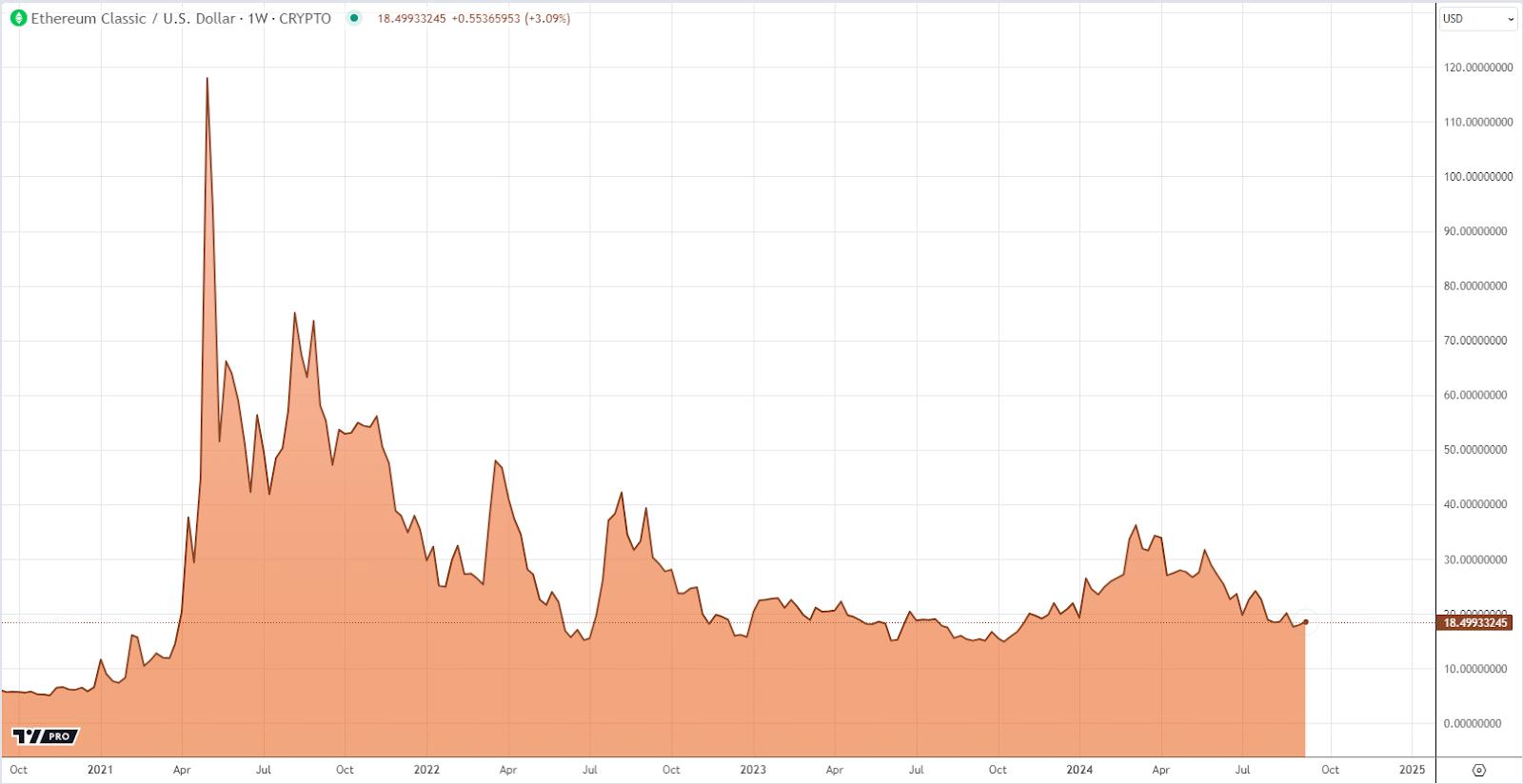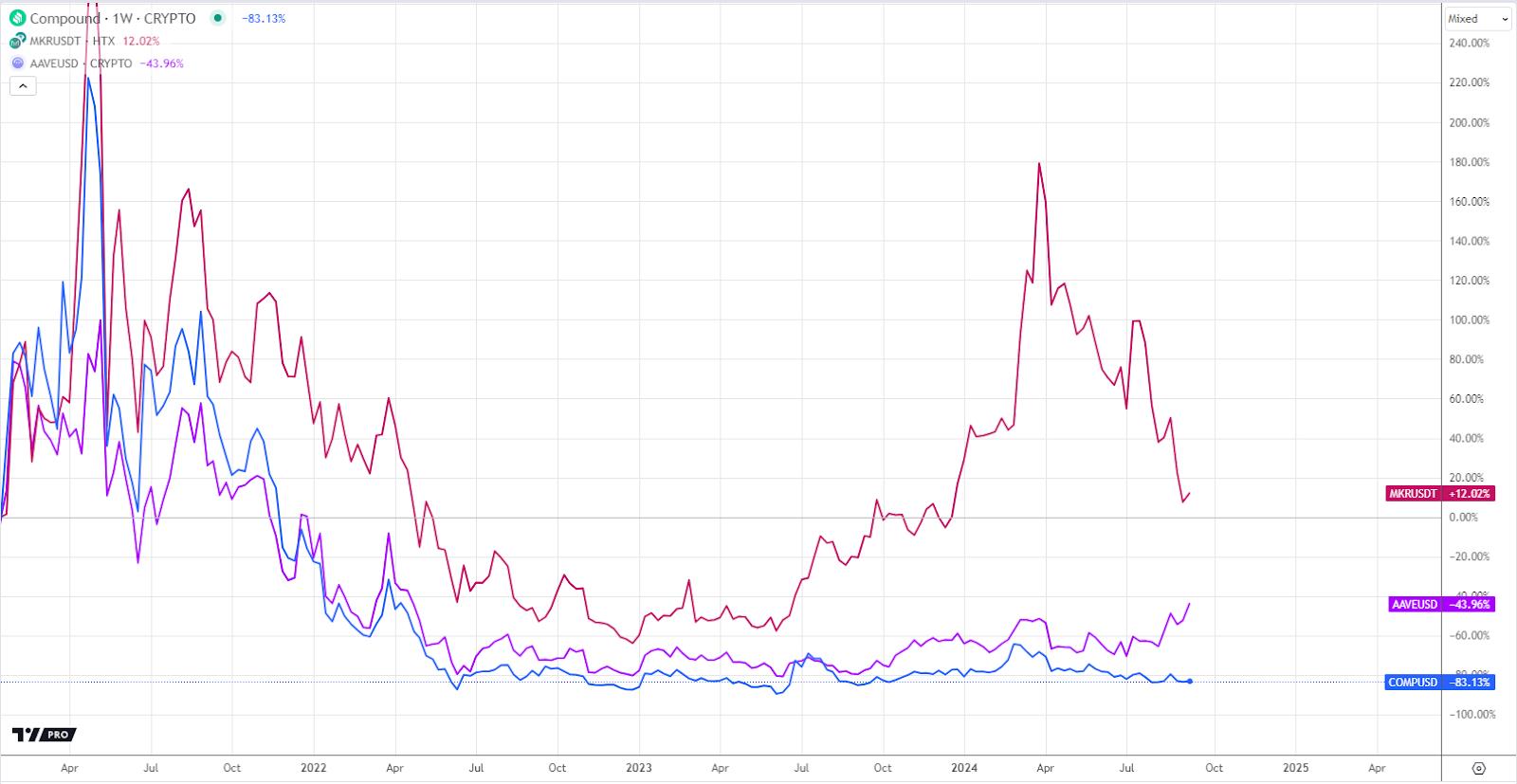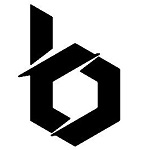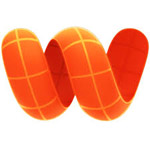Decentralized Autonomous Organizations (DAOs) use blockchain technology to manage operations and make decisions. Unlike traditional management structures that rely on centralized authorities, DAOs operate through smart contracts — self-executing contracts that automatically fulfil the conditions encoded in them.
DAOs allow token holders to participate in managing the organization. Every decision, whether it’s financing a project or changing the management rules, is made through voting among token holders, creating a more democratic and transparent system.
The Rise and Fall of The DAO
One of the first and most well-known DAOs was “The DAO,” founded in 2016. It was built on the Ethereum platform with the goal of funding startups through funds raised from investors who purchased DAO tokens. The project quickly gained attention and raised over $150 million worth of Ether (ETH), making it one of the largest crowdfunding projects at the time.
However, The DAO soon encountered major issues. In May 2016, a vulnerability in smart contracts code allowed an attacker to drain about $50 million worth of funds. This attack sparked a broad debate within the crypto community about the security of smart contracts and decentralized systems. At that time, the ETHUSD chart showed significant volatility, as the price of Ether dropped sharply due to the uncertainty surrounding the hack and the potential impact on Ethereum’s future.
In response, Ethereum developers held an emergency meeting and decided to implement a “hard fork” to recover the stolen funds and return them to investors. However, this decision caused a split in the Ethereum community. The new blockchain resulting from the hard fork became known as Ethereum (ETH), while the original chain, which kept the record of the hack, continued as Ethereum Classic (ETC).

Comparison with Other Cryptocurrency Projects
The DAO’s collapse is often compared to other significant incidents in the crypto industry, such as Mt. Gox, an exchange that went bankrupt in 2014 after hackers stole 850,000 Bitcoins. Similar to the Ethereum hard fork, the Mt. Gox incident also led to regulatory scrutiny and increased attention from governments.
However, The DAO’s problems stemmed from technical flaws and philosophical debates around decentralization and governance, rather than simply being a business failure. While exchanges can close and restart, the DAO’s structure revolved around the absence of central authority.
Consequences of The DAO’s Failure
The failure of The DAO and the Ethereum hard fork had major effects on both the Ethereum network and the entire crypto industry:
- Increasing focus on security: The incident raised awareness around smart contract security, leading to more discussions about the importance of code audits and better programming standards.
- Growth of decentralized applications: Developers were inspired to build decentralized applications (dApps), but they also faced challenges related to the lack of centralized control.
- Community split: The Ethereum hard fork was controversial. While it helped resolve the issue, it also divided the community into two factions. Ethereum moved forward with more centralized governance and frequent updates, while Ethereum Classic remained committed to the ideals of blockchain immutability and decentralization.
The State of DAOs Today
Since the collapse of The DAO, the concept of decentralized autonomous organizations has continued to develop. New DAOs, such as MakerDAO, Compound, and Aave, have learned from past mistakes and used decentralized governance to manage their platforms.
Modern DAOs have improved their governance models by implementing multi-layer verification and control systems. However, security remains an ongoing concern, and constant improvements to code and management practices are necessary.

DAOs represent one of the most revolutionary ideas in the crypto world, offering a new approach to governance and financing. Despite The DAO’s failure, the project served as an important lesson for the community, highlighting the need for security, careful planning, and discussion around centralization versus decentralization.
The failure of The DAO became a turning point for Ethereum and the broader crypto industry, emphasizing the importance of security and transparency in decentralized applications. Today, developers continue to push forward with the DAO concept, aiming to create more secure and efficient decentralized platforms for the future.

Disclaimer: The views expressed in this article are those of the author and may not reflect the views of the CryptoTotem team. This article is for informational purposes only and is not intended to be used as legal, tax, investment or financial advice. The author or the publication does not hold any responsibility, directly, or indirectly, for any damage or loss caused or alleged to be caused by or connected with the use of or reliance on any content, goods or services mentioned in this article. Readers should do their own research before taking any action on this matter.






